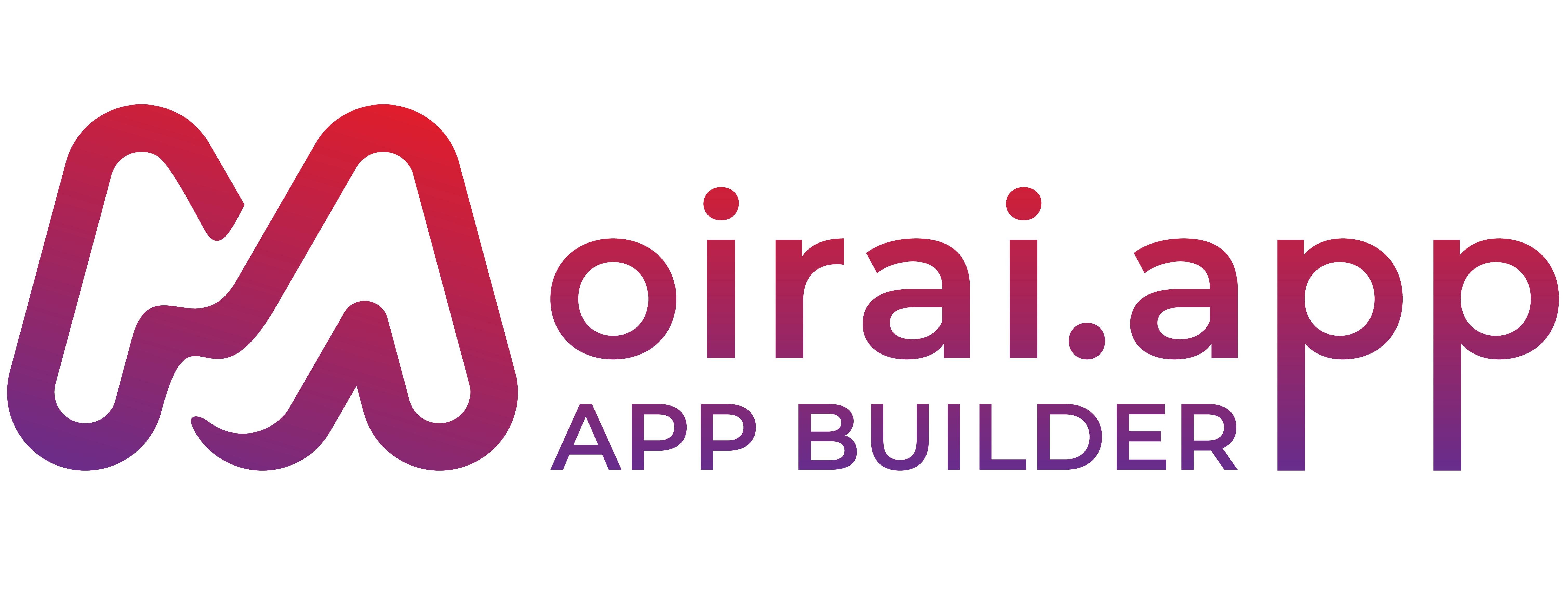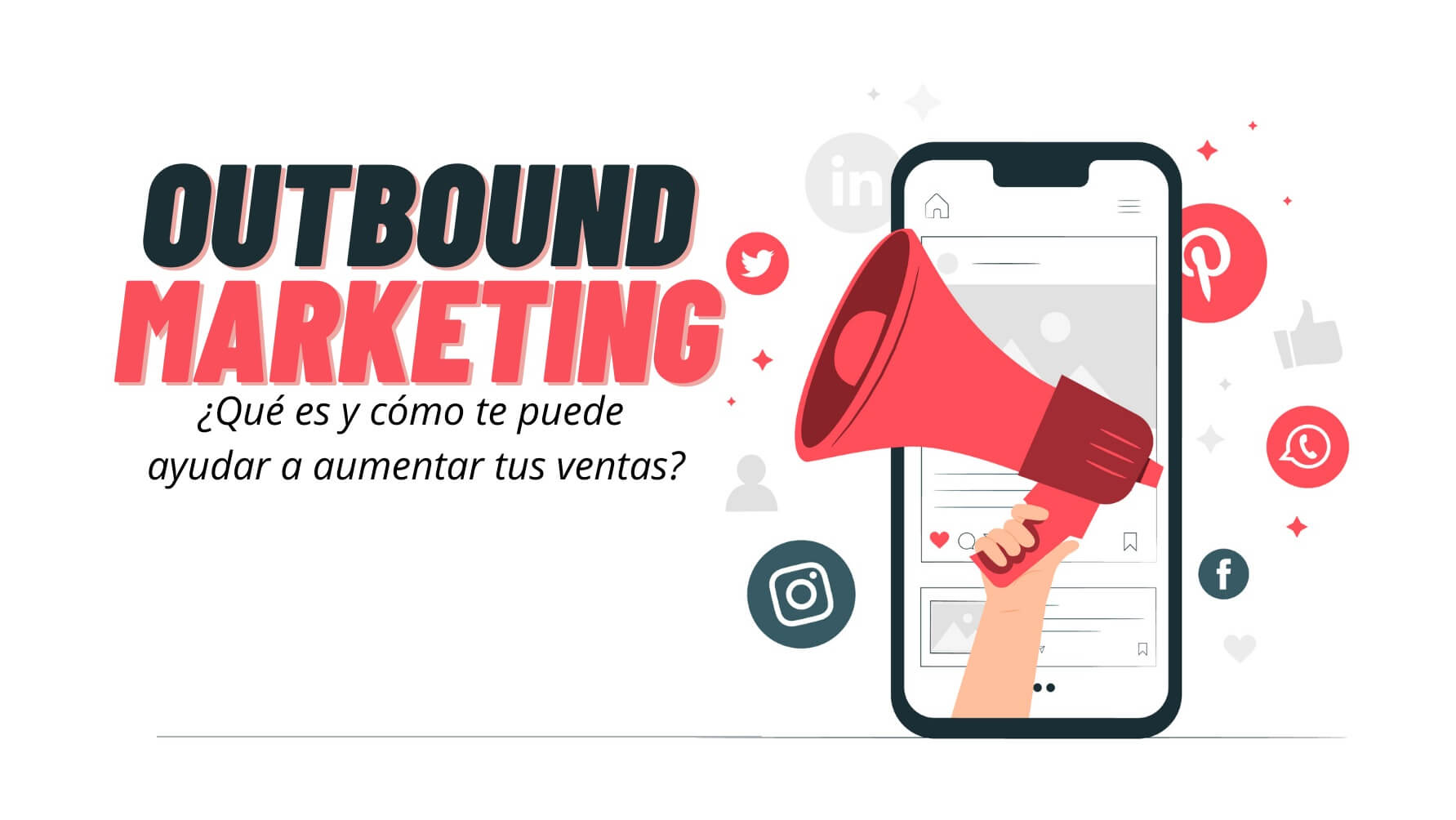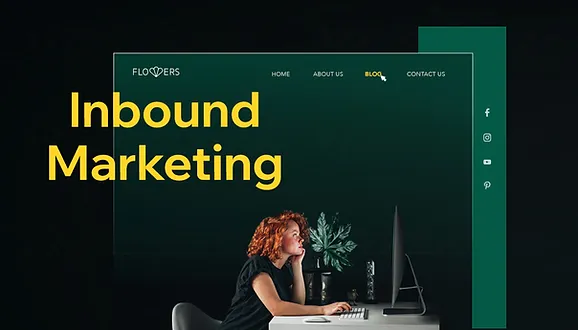Outbound marketing involves a company initiating the conversation and sending its message out to an audience. Examples of outbound marketing include traditional forms of marketing such as TV commercials, radio ads, print advertisements (newspaper ads, magazine ads, flyers, brochures, catalogs, etc.), tradeshows, outbound sales calls (commonly known as “cold calls”), and email spam.
The concept of Inbound Marketing
Inbound Marketing revolves around attracting and engaging potential customers by providing valuable content and experiences. It focuses on building strong relationships, earning trust, and ultimately converting prospects into loyal customers. Inbound Marketing strategies involve creating compelling content, leveraging social media, optimizing search engine visibility, and nurturing leads through personalized and relevant interactions. The goal is to align marketing efforts with the needs and interests of the target audience, offering solutions and value throughout their buyer’s journey.
Outbound marketing is the antithesis of inbound marketing, as it involves actively reaching out to customers. In contrast, inbound marketing focuses on attracting customers when they have a genuine interest or need. Examples of inbound marketing include content marketing, blogging, SEO, and opt-in email marketing. Additionally, paid search advertising can also be considered inbound marketing since the ads are displayed when individuals search for products or services that align with what you offer.
Despite being less profitable and more challenging to track, outbound marketing still accounts for up to 90% of organizations’ marketing budgets.
To enhance sales and maximize return on marketing spend, organizations are recommended to progressively allocate a higher percentage of their marketing budget to inbound marketing techniques.
What’s the problem with outbound marketing?
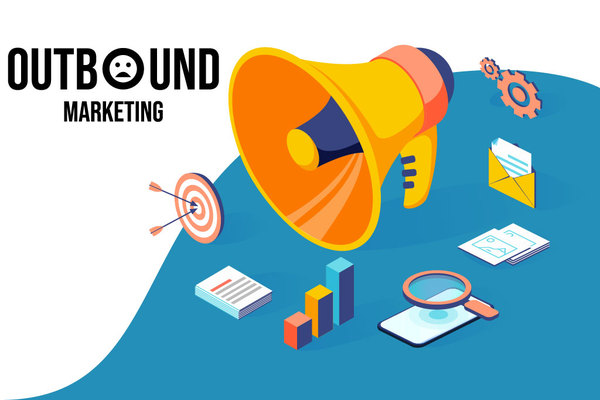
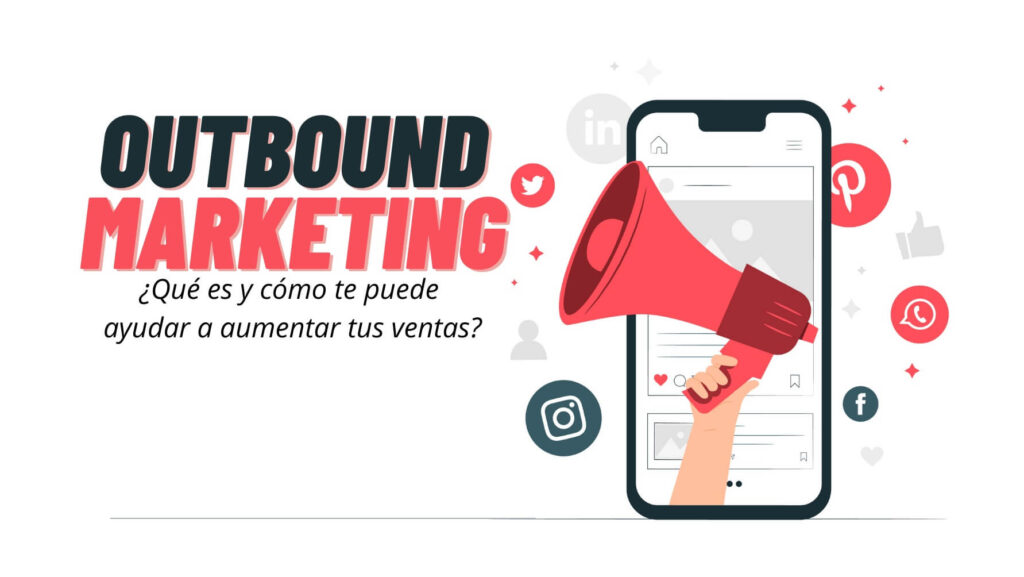
Outbound marketing still constitutes a significant portion of the marketing budgets for many businesses. Despite its long-standing presence and being considered a cost of doing business, outbound marketing poses various challenges. However, it is crucial not to let tradition and past mistakes hinder the ability to adapt to evolving marketing trends.
Problems with outbound marketing include:
- Difficulty in tracking return on investment (ROI)
- Increasing blocking techniques (Do not call list, Spam filters, TiVo, etc)
- High cost, low yield.
Implementing inbound marketing can result in a significantly higher ROI and campaign conversion rates compared to traditional outbound marketing methods. It offers easier tracking, lower costs, and greater effectiveness. Therefore, transitioning from outbound to inbound marketing is a recommended step to cut costs and increase conversions.
Inbound marketing & search engine marketing (SEM)
Inbound marketing benefits from search engine marketing. Customers start the conversation by searching, and you can join in. Create targeted ads and web pages that show up when people search for relevant topics, making it easier for customers to find you. If you’re not there, a competitor might capture their attention.
When making a purchase, most people nowadays tend to search for products or services online rather than relying on traditional methods such as Yellow Pages or trade shows. It’s important to understand that your customers are also likely to follow this trend.
To begin with inbound web marketing, you can take two key steps. Firstly, set up Pay-Per-Click (PPC) campaigns using Google AdWords. This allows you to display targeted ads and drive traffic to your website. Secondly, focus on creating relevant content to optimize your website for search engines (SEO). By producing valuable content, you increase the chances of attracting visitors to your site and making it easier for potential customers to discover your brand. Remember, the more content you have on your website, the greater the incentive for people to visit and engage with your business.
Moving from outbound marketing to inbound
Making the transition from outbound marketing to inbound involves a shift in strategy and mindset. Here are key steps to facilitate this change:
- Assess your current marketing efforts: Evaluate your outbound marketing tactics and their effectiveness. Identify areas where you can redirect your resources towards inbound strategies.
- Define your target audience: Understand your ideal customers and their needs. This will guide your inbound marketing efforts to create content and experiences that resonate with them.
- Develop a content strategy: Create valuable, informative, and engaging content that addresses your audience’s pain points and interests. This can include blog posts, videos, eBooks, and more.
- Optimize for search engines: Implement SEO techniques to improve your website’s visibility in search results. This will help attract organic traffic from users actively searching for solutions or information related to your business.
- Leverage social media: Build a strong social media presence to engage with your audience, share your content, and foster relationships. Utilize platforms that align with your target audience’s preferences.
- Implement lead generation tactics: Offer valuable resources or incentives in exchange for contact information to generate leads. This could be through gated content, webinars, or newsletters.
- Nurture leads and automate workflows: Use marketing automation tools to nurture leads and guide them through the buyer’s journey. Deliver personalized and relevant content to move them closer to conversion.
- Analyze and optimize: Continuously monitor and analyze your inbound marketing efforts. Track metrics such as website traffic, conversions, and engagement. Use data-driven insights to refine your strategies and improve results.
Remember, transitioning from outbound to inbound marketing requires a long-term commitment and consistent effort. By aligning your strategies with the evolving needs of your target audience, you can build meaningful connections, drive customer engagement, and achieve better marketing outcomes.
